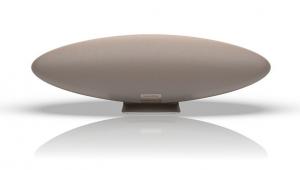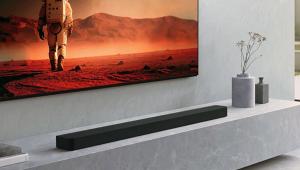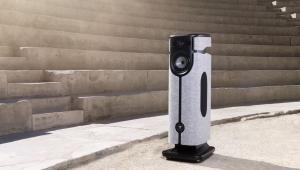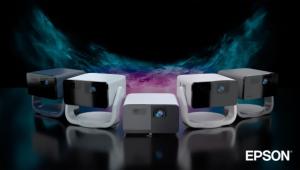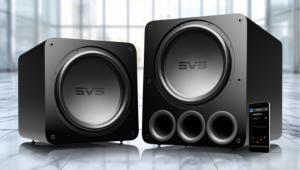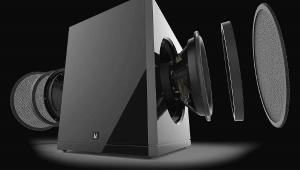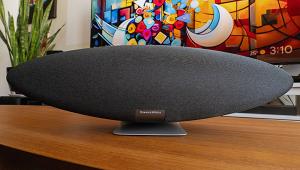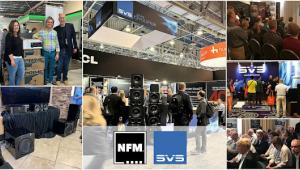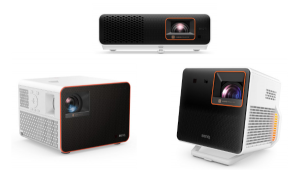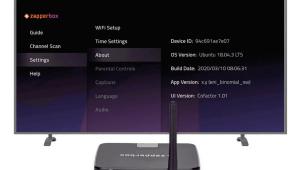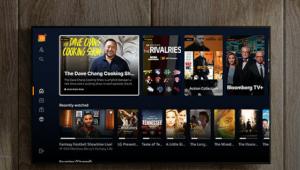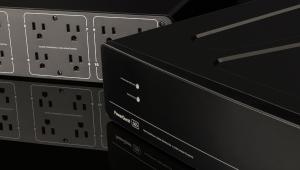NetStreams DigiLinX, MediaLinX, and ViewLinX IP Video Page 2

I began my evaluation by watching a variety of high definition programming over cable, and signals appeared on both displays in the same pristine form I've come to expect from HD. Even when watching complex, fast moving images like basketball or football games, the picture stayed solid and sharp without any breakup or pixelating. An on-demand showing of Hairspray demonstrated that voices remained in perfect sync to the on-screen singing and dancing.
Video quality was equally pristine when sending Blu-ray titles from the PS3. Whether watching Dave Matthews and Tim Reynolds in concert, or ducking explosions and mayhem in Live Free or Die Hard, the DigiLinX system kept up with the action.
As a final torture test, I played some Call of Duty 3 on the PS3. If there is any delay or lag, a first-person shooter will lay it bare. Even with this demanding challenge, DigiLinX was right on step, matching every pixel to every gunshot, with the onscreen action responding in perfect sync to my joystick control.
The two components also include some nice video cross-conversion options to ensure that any source will be compatible with any display. Beyond the basic composite and S-video conversion to component, the system also converts VGA to component and vice-versa.
Since all the NetStreams devices reside on the network, you can access and control them using a Web browser. This let me sit on the couch and flip between sources with my laptop, using a slick touch panel style interface. With the incredible, nay unlimited, distance range that DigiLinX can send video, this means control can be provided anywhere within the network wireless range.
Bottom Line The DigiLinX video-over-IP system worked exactly as promised: It sent unaltered, HD video signals over the network to multiple displays without any lag, delay, or loss in quality. And it eliminated all the common problems associated with HD video distribution, namely expensive cabling costs, or video artifacts like wavy lines, rolling bars, and color timing errors. Its one caveat, though, is its cost: There are several very competent component video-over-Cat5 distribution systems available (including NetStreams' own Panorama system) capable of sending signals up to 1,000 feet for far less money. For most residential applications, DigiLinX is probably overkill.
On the other hand, there are those times when the system makes sense. For truly large estates or homes spanning multiple buildings on a property, DigiLinX provides a video distribution solution that comes without compromise. Further, the system is incredibly scalable, allowing it to easily and quickly expand and change to meet any changes or additions. And in the commercial market, DigiLinX video could turn out to be the "killer app" for digital signage inside hotels or airports, HD displays in convention centers or sports arenas, or monitors placed in remote learning centers at school campuses. For those with the means or the need, there is really nothing that compares to DigiLinX.
Test Reports RSS Feed More Test Reports Back to Homepage What's New on S&V
- Log in or register to post comments


















